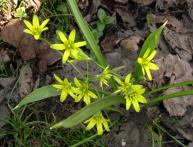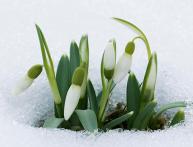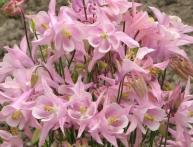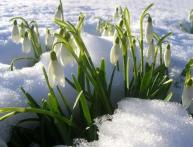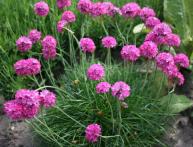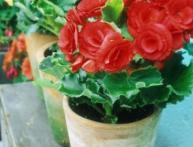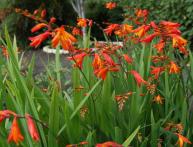Astilbe varieties in the photo. Growing astilbe
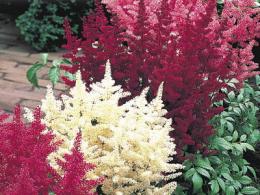
Astilbe is a perennial that does not need a lot of light. It is often chosen to decorate shady part of the garden. If you look astilbe varieties in the photo, then at first glance, they differ only in color. Small graceful flowers are collected in paniculate inflorescences may be pink, white, red, purple. But in fact, there are about 200 varieties of it, differing not only in flowers, but also in leaves, the length of the inflorescences and the height of the plant itself. Most often in floriculture, varieties that are resistant to disease are used: Brands astilbe, Chinese astilbe, Korean, Japanese, Thunberg astilbe and some others.
No matter how the astilbe varieties look in the photo, they remain unpretentious garden perennials. They prefer soils rich in humus with close groundwater and a semi-shaded place. If you plant astilbe in a sunny place, you will need abundant watering and mulching of the soil. The plant has a dense rhizome and, as it grows, choke out weeds, so only very young plants need weeding. Astilbe with good care retains its decorative effect for 5-6 years, and then the bush needs to be divided.
In cold winters with little snow, the bushes of this plant often freeze out, therefore, for the winter they are covered with spruce branches, dry leaves, and covering material. Astilbe is propagated by seeds and by dividing the bush. Division is carried out in the spring, and seeds are sown in February in seedling boxes, spreading it over the surface of the soil and covering it with glass. The soil in this mini-greenhouse needs to be moistened by spraying. In 2-3 weeks, shoots will appear, when they have several true leaves, they are planted in separate containers, and at the end of May - in the ground.

